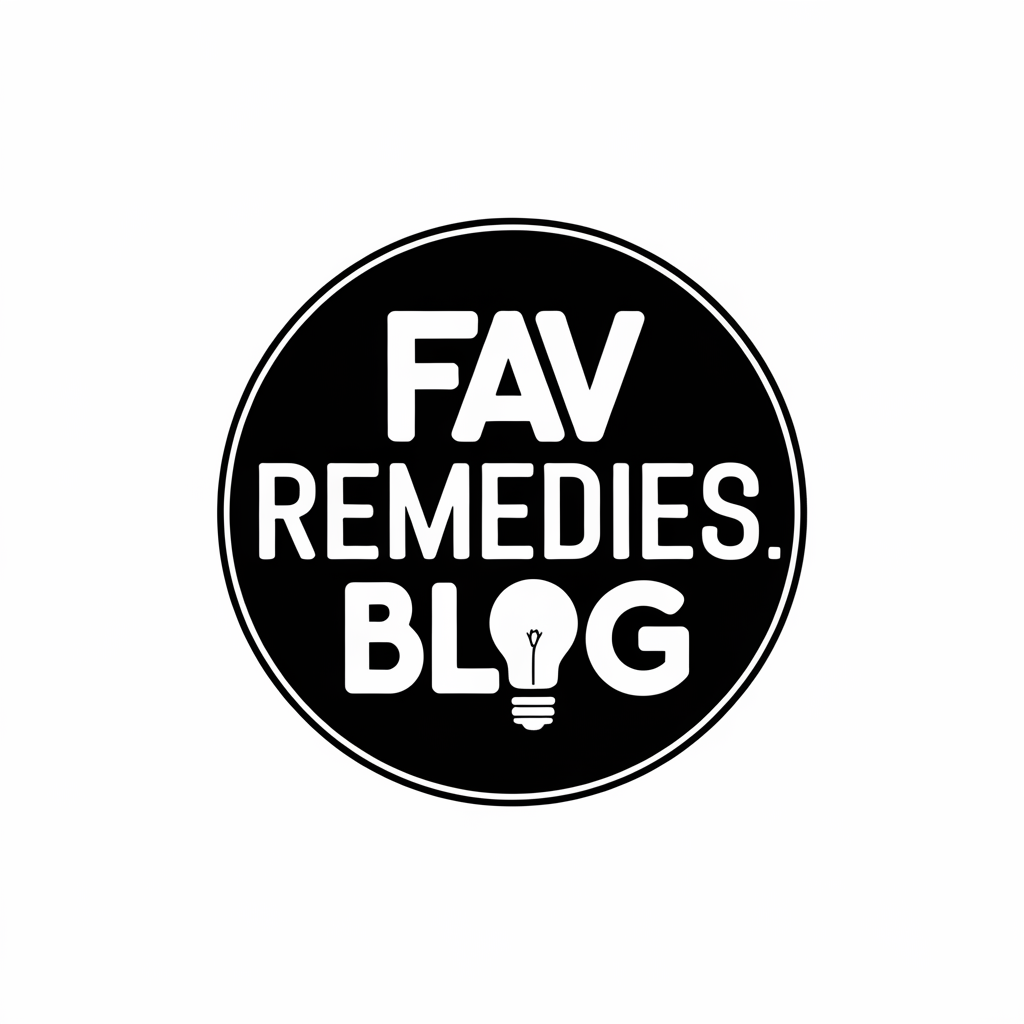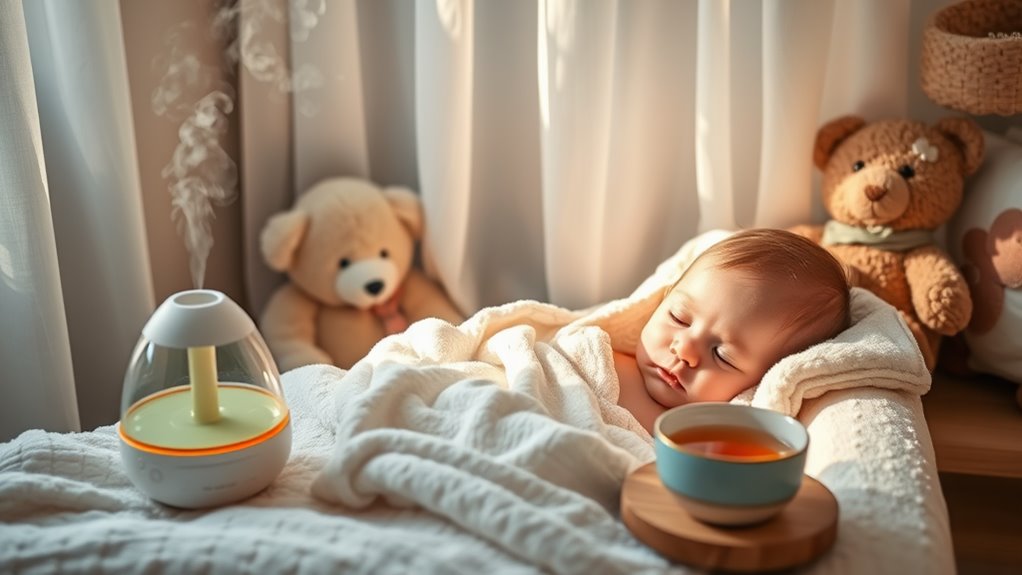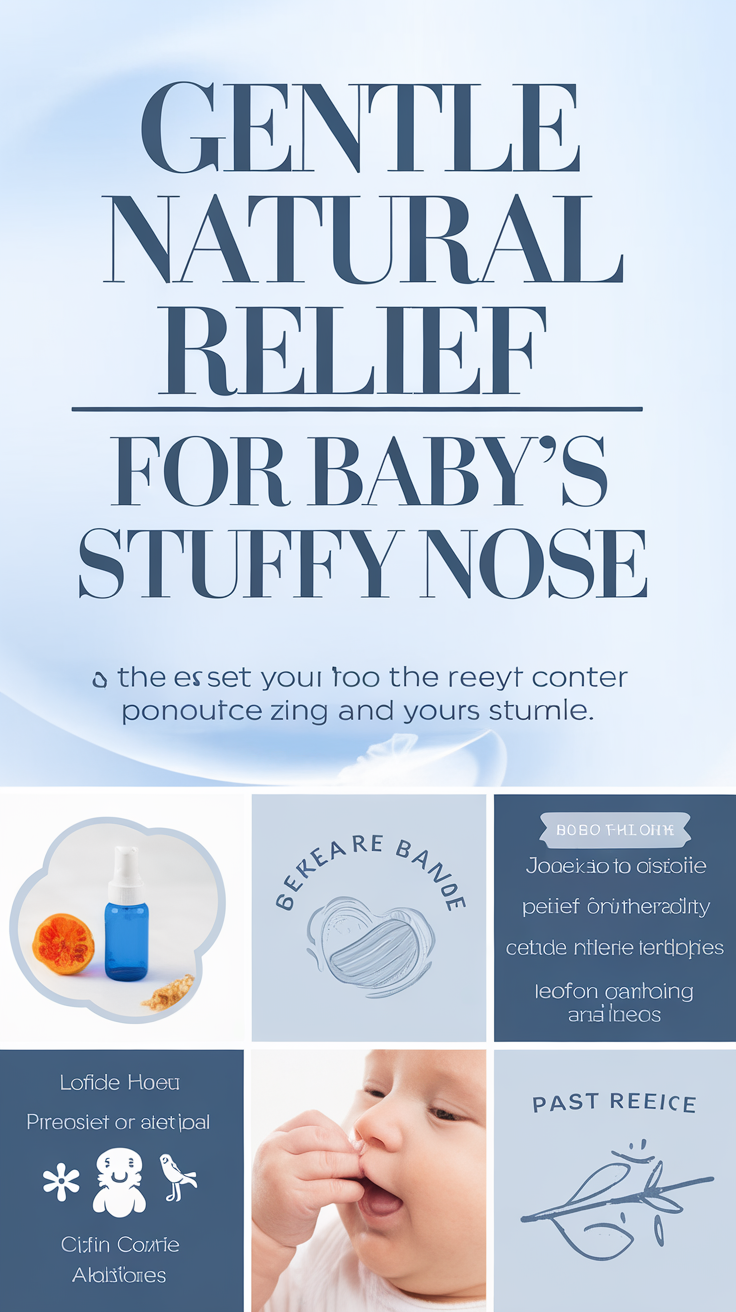Gentle Natural Relief for Baby’s Stuffy Nose
If your baby has a stuffy nose, you can find gentle relief with saline nasal drops and a humidifier to keep the air moist. Elevating your baby’s head during feedings can also help ease congestion. Gentle steam inhalation by running a hot shower in a closed bathroom is effective too. Keep your little one hydrated with breast milk or formula. Interested in learning more methods to soothe your baby’s discomfort? There’s plenty more to explore.
Key Takeaways
- Use saline nasal drops to moisten your baby’s nasal passages and ease breathing without medication.
- Run a hot shower to create steam, helping to thin mucus and relieve congestion.
- Keep a cool-mist humidifier in the baby’s room to maintain optimal humidity levels for comfort.
- Ensure your baby stays hydrated with breast milk or formula, which helps thin mucus.
- Regularly clear nasal passages with gentle suction to alleviate discomfort and promote better breathing.
Understanding Baby’s Stuffy Nose
When your baby has a stuffy nose, it can be concerning, especially since they can’t communicate what they’re feeling. Understanding the causes of baby congestion is essential.
Often, it’s due to colds, allergies, or dry air. Babies have small nasal passages, making any blockage feel significant. You might notice they’re more fussy or have trouble feeding.
Fortunately, there are baby congestion remedies that can help ease their discomfort. Saline nasal drops can moisten their nasal passages, while gentle suction with a bulb syringe can clear mucus. Keeping your baby upright during and after feedings can also help. Additionally, using steam therapy can provide soothing relief for your baby’s congestion.
Humidifiers and Their Benefits
Using a humidifier can be a game changer for your baby’s stuffy nose.
There are different types, like cool mist and warm mist humidifiers, each offering unique benefits to help keep the air moist.
Maintaining ideal humidity levels in your home can greatly ease your baby’s discomfort and promote better breathing.
Types of Humidifiers
Humidifiers come in various types, each offering unique benefits for easing your baby’s stuffy nose. Understanding these options can help you choose the best fit for your family’s needs.
| Type | Benefits | Considerations |
|---|---|---|
| Evaporative | Self-regulating, cool mist | Requires regular filter changes |
| Steam Vaporizer | Provides warm mist, soothing comfort | Can get hot; supervise use |
| Ultrasonic | Quiet operation, energy-efficient | May require regular cleaning |
Optimal Humidity Levels
Maintaining ideal humidity levels in your home can greatly enhance your baby’s comfort and health, especially during cold and allergy seasons.
The best range is typically between 30% and 50% humidity. Using a humidifier can help achieve this balance, preventing dry air that may irritate your baby’s nasal passages and lead to congestion.
Research shows that proper humidity can also reduce the survival of viruses in the air, potentially minimizing illness.
Remember to regularly clean your humidifier to prevent mold and bacteria growth. Monitoring humidity levels with a hygrometer can help you maintain the right environment.
Saline Nasal Drops
Saline nasal drops can be a gentle and effective way to relieve your baby’s stuffy nose.
These drops help moisten nasal passages, making it easier for your little one to breathe comfortably.
Let’s explore the benefits of saline drops and how to use them safely for your baby.
Benefits of Saline Drops
When your baby’s nose feels stuffy, saline nasal drops can be a gentle and effective solution. These drops help to thin mucus, making it easier for your little one to breathe. They’re safe for infants and can provide immediate relief without the use of medication.
Saline drops also moisturize the nasal passages, reducing irritation that can occur from congestion. Studies show that regular use can decrease the frequency of upper respiratory infections in infants.
Plus, they’re easy to use and can be administered at home, offering you peace of mind. By using saline drops, you’re helping your baby feel more comfortable, promoting better sleep and feeding, and ultimately supporting their overall health.
How to Use
Using saline nasal drops is a straightforward process that can bring comfort to your baby during times of congestion. Here’s how to use them effectively:
-
Choose the right saline solution: Opt for a pediatric formulation, ensuring it’s safe for infants.
-
Position your baby: Lay your baby on their back with their head slightly elevated.
-
Administer the drops: Place 1-2 drops in each nostril, avoiding direct contact with the nose to prevent irritation.
-
Wait a moment: Allow the drops to work by giving them a minute before suctioning if needed.
-
Suction gently: Use a bulb syringe to remove mucus, helping your baby breathe easier.
This method can provide quick relief and make your baby more comfortable.
Gentle Steam Inhalation
Gentle steam inhalation can be a soothing remedy for your baby’s stuffy nose, as it helps to open up nasal passages and ease discomfort.
You can create a steam-filled environment by running a hot shower and sitting with your baby in the bathroom for about 10-15 minutes. The warm, moist air can help thin mucus, making it easier for your little one to breathe.
Always guarantee the room isn’t too hot, as your baby’s safety is paramount.
Alternatively, you can use a cool-mist humidifier in their room to maintain moisture in the air. Remember to keep the humidifier clean to prevent mold or bacteria.
This simple method offers comfort while promoting easier breathing for your baby.
Elevating Baby’s Head
Elevating your baby’s head during sleep can greatly improve their comfort when dealing with a stuffy nose. This simple adjustment can help mucus drain more efficiently and make breathing easier.
Here are a few tips to safely elevate your baby’s head:
- Use a wedge pillow designed for infants.
- Place a rolled towel beneath the mattress to create a gentle incline.
- Confirm the elevation doesn’t exceed 30 degrees to avoid safety risks.
- Monitor your baby’s sleep position; they should always be placed on their back.
- Always consult your pediatrician before making any changes to your baby’s sleep environment.
Natural Essential Oils for Congestion
Essential oils can offer a natural way to help relieve your baby’s nasal congestion. Oils like eucalyptus and lavender possess anti-inflammatory and decongestant properties, which may ease discomfort. To use, consider adding a few drops to a diffuser, allowing the soothing scents to circulate in the air. Always verify that the room is well-ventilated and monitor your baby for any signs of sensitivity. You might also dilute essential oils in a carrier oil and gently massage them onto your baby’s chest or back, promoting easier breathing. Additionally, natural remedies such as steam inhalation can complement the benefits of essential oils for better congestion relief. Incorporating breathing exercises can also enhance the effectiveness of these methods, providing a holistic approach to alleviating nasal congestion.
Keeping Baby Hydrated
Keeping your baby hydrated is essential, especially when they’re dealing with a stuffy nose. Proper hydration helps thin mucus, making it easier for your little one to breathe. Additionally, maintaining adequate hydration can also support overall health and immune function during this time.
Here are some effective ways to guarantee your baby stays well-hydrated:
- Offer breast milk or formula regularly, as they provide necessary fluids and nutrients.
- Introduce small sips of water if your baby is old enough (typically after six months).
- Use a humidifier in their room to add moisture to the air, which can ease congestion.
- Encourage warm, clear broths for older babies to soothe and hydrate simultaneously.
- Keep an eye on diaper output; fewer wet diapers may indicate dehydration.
- Consider using saline drops to help clear nasal passages, which will also promote better hydration.


